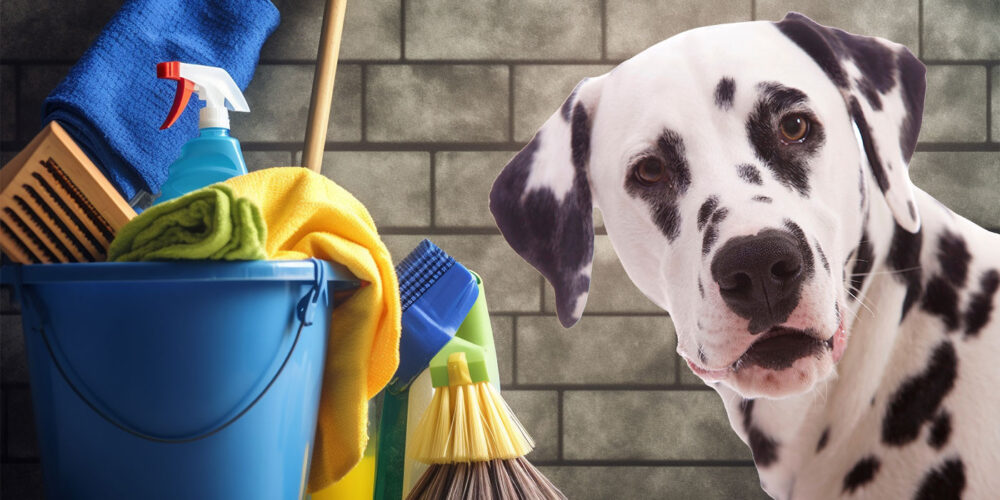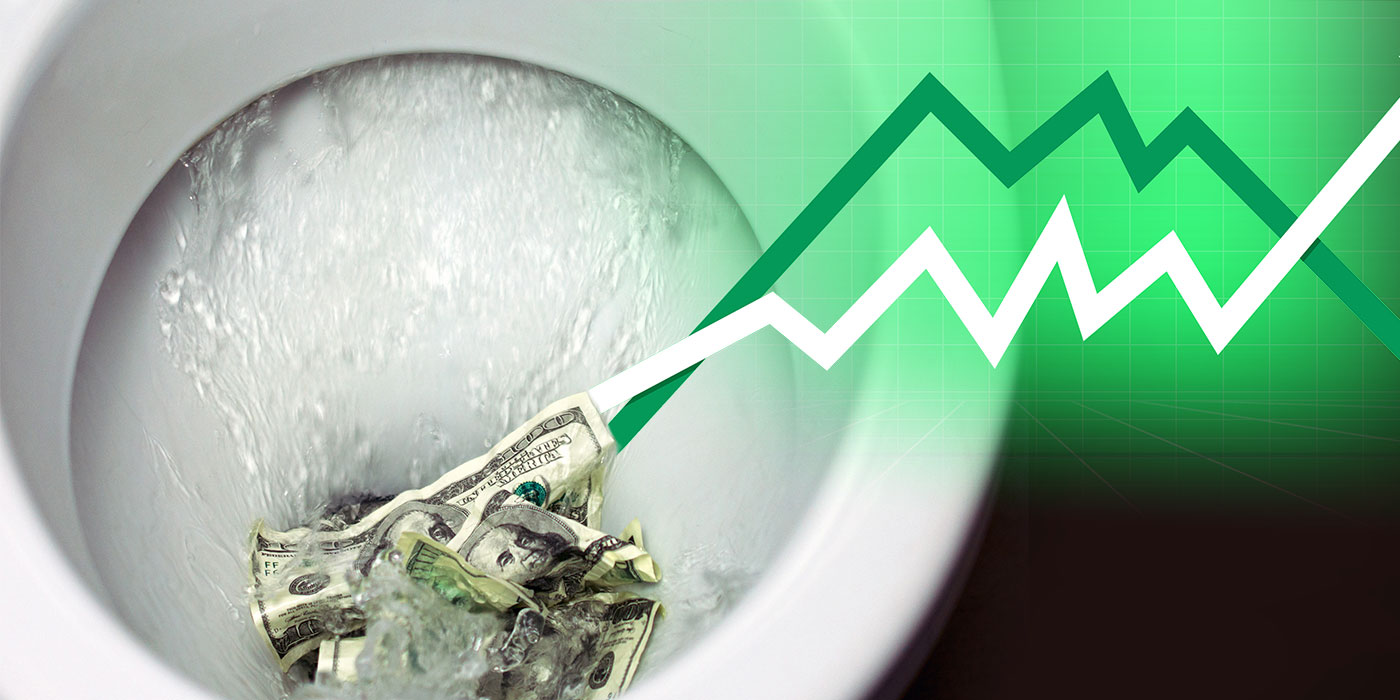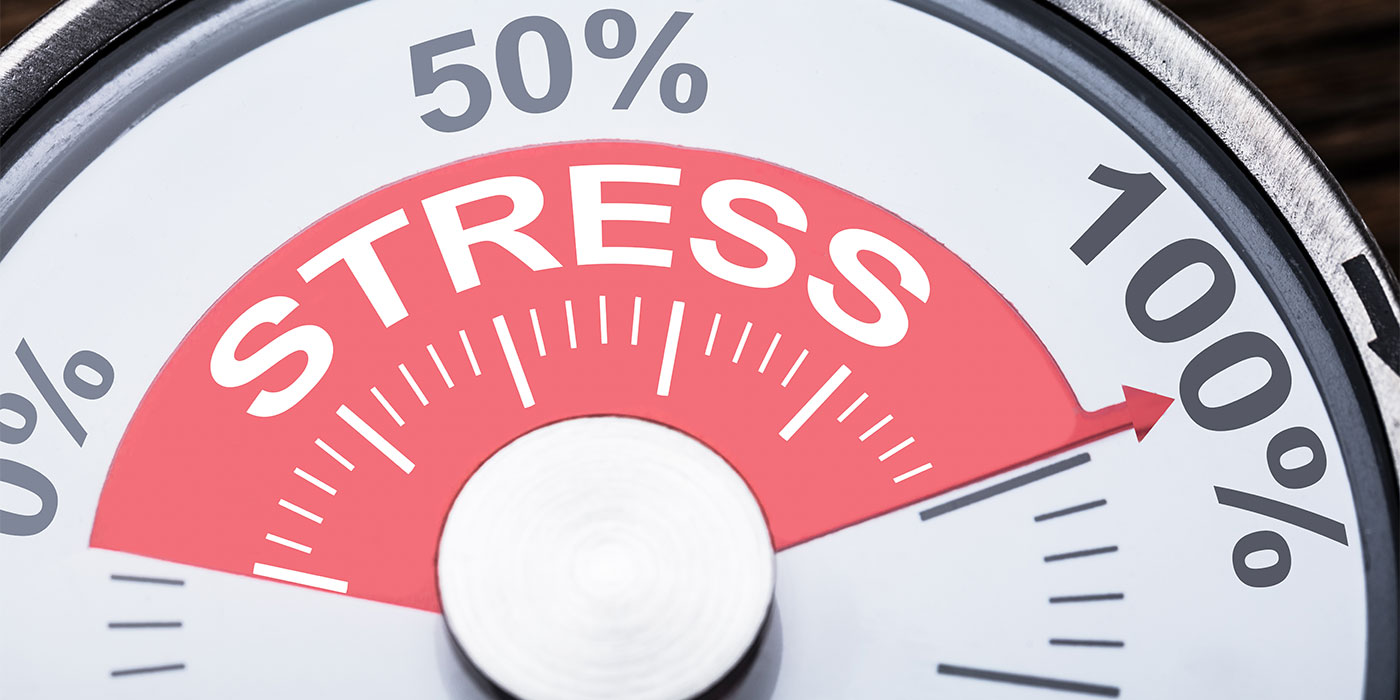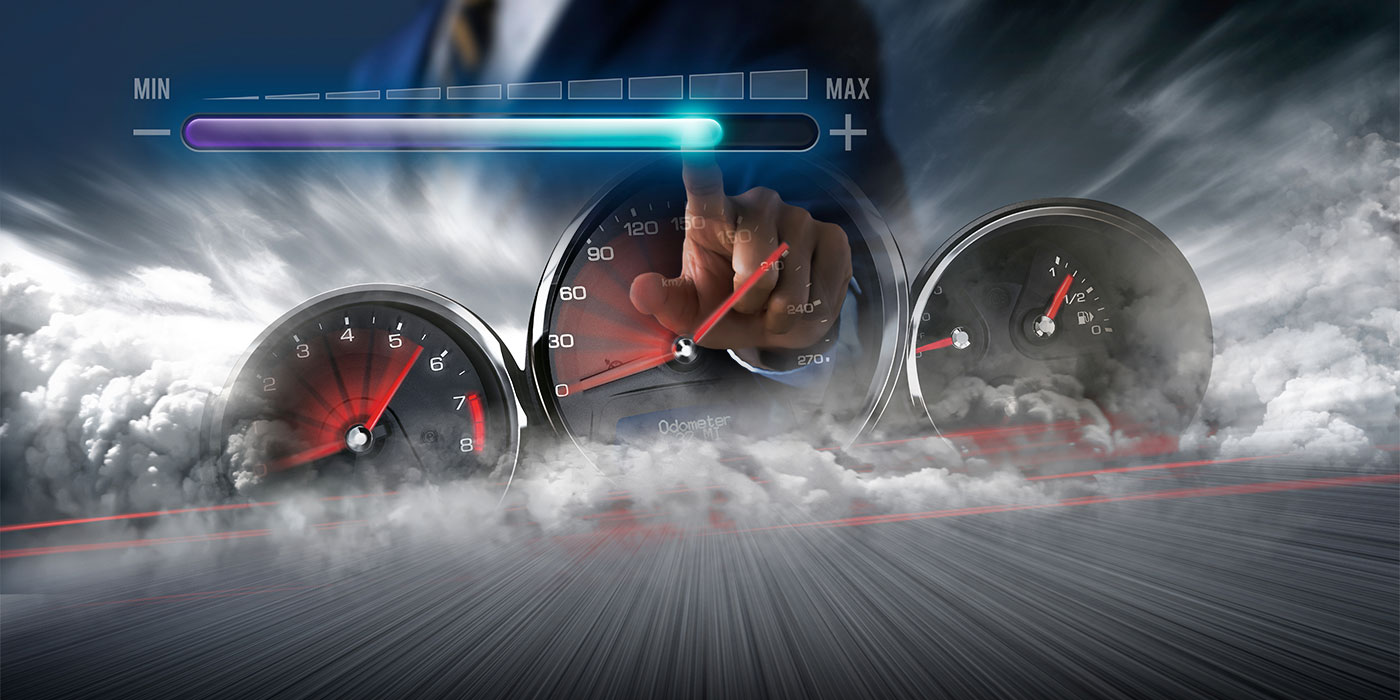t’s an amazing time to be a collision repair shop owner who is contemplating selling the business.
The mergers and acquisitions (M&A) world in collision is still dominated by three large players: Caliber, Gerber and Service King. With the merger of Caliber and ABRA, the former has the highest shop count, followed by Gerber and then Service King. Both Caliber and Gerber have continued their growth, purchasing locations steadily, while Service King has been mostly on the sidelines. Caliber and Gerber have continued to experience substantial growth and maintained an aggressive growth strategy. Due to challenges with their credit rating and financial position, Service King has been inactive as far as growth for the past 24-plus months.
New Players
Where the market has really heated up is with new players and private equity-backed players. This is when being a shop owner and potential seller gets interesting.
There are more opportunities than ever to consider selling. There are currently a total of nine private equity-backed multi-shop owners (MSOs) in operation: Caliber, Service King, Joe Hudson’s, Classic Collision, Crash Champions, Kaizen Collision Center, Quality Collision Group, Vive Collision and Collision Right. Two of the largest private equity-backed MSO groups are Classic Collision and Crash Champions, who are leading the direct-repair program (DRP)-related growth. Additional private equity players are expected to enter the market in the next 12 to 24 months. The flurry of middle-market entries has caused a substantial uptick in the consolidation space, creating a seller’s market.
With the vast array of new entries, there are also different, dynamic business models and multiple options available to sellers. They do not have to limit themselves when deciding who to do business with. The industry is seeing MSOs adopt alternative or niche business models — from MSOs who are original equipment manufacturer (OEM)-centric, ones who focus on more exclusively higher-end repairs, regionally specific vs. national growth strategy, specific insurance DRP-centric, all the way up to new nationals. This creates a more specific marketplace for all shop owners and gives them the opportunity to align the values they’ve built in their business with other like-minded businesses. They no longer have to relinquish the legacies they worked so hard to build; now, they can merge with partners who share the same ideals. For some shop owners, this has been a large obstacle because they’re proud of the businesses they’ve created.
Why Sell?
That leads us to why it’s a seller’s market right now and why so many collision shop owners want to sell their shops. It’s simple: Every time it has been a seller’s market, that’s when people consider selling because of the climate and competition of buyers creating opportunity for them. The new private equity entries and the vast options of acquisition partners have created an environment where shop owners are eager to take advantage of the seller’s market. Other circumstances driving sellers to consider this big step include: being in a seller’s market coupled with margin suppression, capital and staffing shortages, and broad parts shortages. Also, with lower profitability, there is more frustration. Finally, a higher level of volatility coming out of COVID has further motivated shop owners to consider selling, whereas in a previous time they may not have considered it.
Rate Increases
The biggest financial opportunity in the industry is pursuing rate increases. The industry is experiencing labor shortages, which drives a higher cost of repair. In our industry, the pool of talent in the technician field has dwindled over the past 20 years or so. The skilled trades are not flourishing because they are not highly sought after by people looking for a career.
Unfortunately, we’re experiencing a large decrease in technicians, which puts the body shop owner at a disadvantage. The days of picking and choosing what technician you want are long past.
In most markets, the scarcity of experienced and skilled techs has driven costs much higher. It’s a supply-and-demand situation. Technicians know that they can get a higher rate from an employer because there isn’t a huge pool of competition waiting at the door to take their spots. Unfortunately for the body shop owner, they’re right. To get a skilled technician, you have to pay for it.
The flat rates are getting higher as the technician pool gets lower. While the flat rates get higher, many times, the labor rates from insurers remain constant, widening the gap in profitability. The only way to combat this dramatic increase in the cost of labor is to pursue rate increases from insurance carriers. Gerber, the only publicly traded MSO, mentioned this very problem in its fourth quarter and year-end earnings report. It’s aggressively pursued and secured rate increases from insurers and expects more to come in order to offset this inflationary issue for body shop owners. MSOs, single-shop owners and everyone in between need to pursue labor rate increases. For any prospective seller, rate increases or any other things you can do to increase margins will have a dramatic impact on earnings and subsequent valuation. Putting the work in in advance will pay off if the decision to sell is made.
Supply Chain Issues
Supply chain issues have also impacted profitability for shop owners. Due to COVID, we’ve all experienced delays in getting parts, which causes multiple issues for a shop. Because of the supply chain issues, shops have limited choices for parts when choosing to replace. Just like the labor example above, the lower the amount of options, the more expensive the choices become. Having a limited amount of parts to choose from will limit your ability to make the more profitable choice.
Another offset of the decreased supply chain is that there are production delays, which have limited overall production and caused revenue shortfalls. A shortened supply chain obviously slows down production, and it then takes longer for the shop to make money because those vehicles sit longer and take up space in the shop, limiting other vehicles from coming in. Capital shortages due to insurer slow-pay have also impacted shop owners, furthering financial pressures. Additionally, tax reform hasn’t taken shape as expected due to a shift in the political background. After the November election, this may change. All of the reasons above have compelled shop owners to take advantage of the competitiveness in the buyer’s terrain.
Summary
For shop owners considering selling their businesses, it is an opportune time. The atmosphere of competition and available buyers has never been higher. Having the ability to align with a like-minded partner and getting an equitable price is definitely on the horizon.















